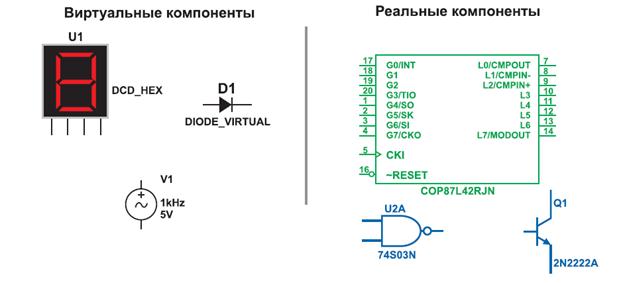INDIVIDUAL TASK FOR EXAM
Read the text and translate it. Write down 30 legal terms into your vocabulary and learn them. I. Basic concepts of American Jurisprudence*
Summary of Basic American Legal Principles What follows are some of the fundamental principles that comprise the American legal system. Task 1. a) Impact of Precedent – The Principle of Stare Decisis The defining principle of common law is the requirement that courts follow decisions of higher level courts within the same jurisdiction. It is from this legacy of stare decisis that a somewhat predictable, consistent body of law has emerged. B) Court Hierarchy Court level or hierarchy defines to a great degree the extent to which a decision by one court will have a binding effect on another court. The federal court system, for instance, is based on a three-tiered structure, in which the United States District Courts are the trial-level courts; the United States Court of Appeals is the first level court of appeal; and the United States Supreme Court is the final arbiter of the law. C) Jurisdiction The term "jurisdiction" has two important meanings in American law. One meaning of "jurisdiction" refers to the formal power of a court to exercise judicial authority over a particular matter. Although the term most often is used in connection with the jurisdiction of a court over particular matters, one may also speak of matters being within or beyond the jurisdiction of any other government entity. Second, the federal court system is based on a system of "jurisdictions," the geographic distribution of courts of particular levels. For instance, while there is only one Supreme Court, the court of appeals is divided into 13 circuits, and there are 94 district courts. In addition, each state court system comprises its own "jurisdiction." Asindicated above, the jurisdiction in which a case arose will determine which courts decisions will be binding precedents. d) Mandatory/Binding versus Persuasive Authority Some of the various sources of law that will be examined are considered to be "mandatory" or "binding," while other sources are considered to be merely "persuasive." Indeed, a court may completely disregard precedent that is not binding (i.e., not even consider it to be persuasive). The issue of whether authority is mandatory or persuasive relates directly to the application of stare decisis principles. E) Primary versus Secondary Authority The various sources of law may also be broken down into primary and secondary sources of law. Primary sources of law may be mandatory on a particular court, or they may be merely persuasive. Whether they are binding or persuasive will depend on various factors. Secondary authority is not itself law, and is never mandatory authority. A court may, however, look towards secondary sources of law for guidance as to how to resolve a particular issue. Secondary authority is also useful as a case finding tool and for general information about a particular issue. F) Dual Court Systems The American legal system is based on a system of federalism, or decentralization. While the national or "federal" government itself possesses significant powers, the individual states retain powers not specifically enumerated as exclusively federal. Most states have court systems which mirror that of the federal court system. G) Interrelationship Among Various Sources of Law One of the more complex notions of American jurisprudence is the extent to which the various sources of law, from both the state and federal systems, interrelate with one another. There is a complex set of rules that defines the relative priority among various sources of law and between the state and federal systems.
Task 2. What Is Common Law?
The term "common law" evokes confusion and uncertainty-which is no surprise given its duality of meaning. The term "common law" may refer to any of the following:
|




